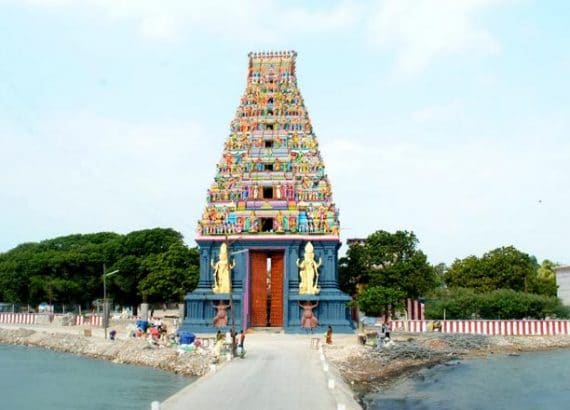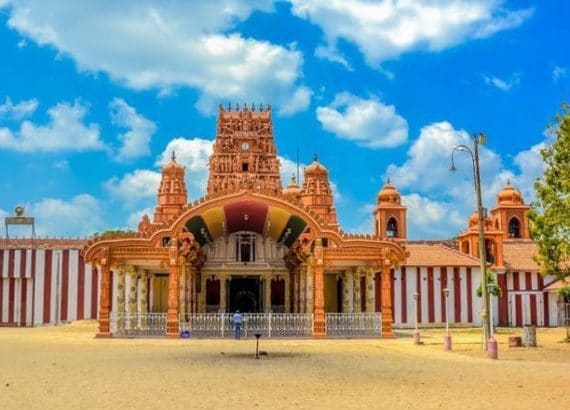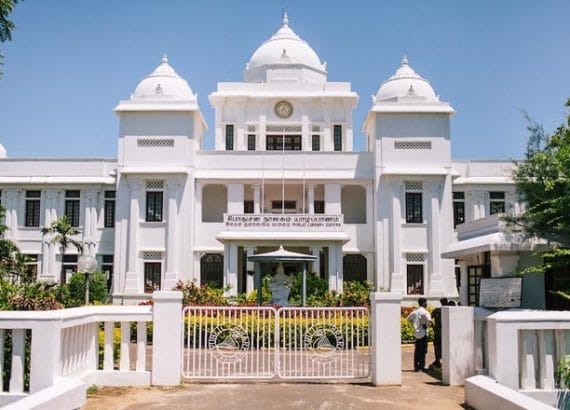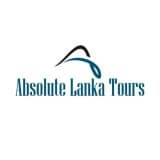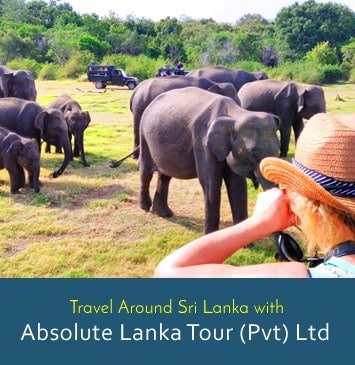Jaffna Peninsula
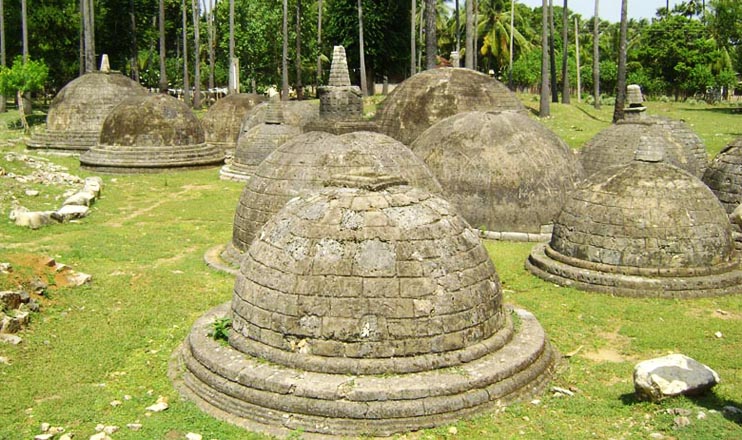
Jaffna Peninsula
Located at the northernmost tip of Sri Lanka, the fertile Jaffna Peninsula is still fairly isolated from the rest of the country. Some evidence of the Civil War still remains in the form of roofless buildings and heavily militarized areas, but temples are being repainted and renovated, and houses are being rebuilt. Travelling around this primarily rural peninsula is an excellent way to catch glimpses of a world that remains untouched by modernity. Attractions include multiple kovilswith their extravagantly decorated interiors and colorful goburams, and ancient dagobas steeped in history. Visitors may even come across Hindu religious processing making their way through the villages.
- Kandharodai
10 km N of Jaffna. Open daily. Note; Armed guards present at site. Shoes should be removed before entering. An unusual and atmospheric spot, Kandharodai is an archaeological site comprising a cluster of squat miniature dagobas. They are thought to be around 2,000 years old, although their exact purpose of significance remains a mystery. According to some, the dagobas enshrine remains of monks. Another theory indicates that they were constructed and consecrated in fulfillment of prayers. Other finds from excavations of the site are on display in the Archaeological Museum in Jaffna.
- Nilavarai Well
Located at the peninsula’s northern edge are the Keerimalai hot springs, one for men and one for women. The latter is walled but the men’s pool has a good view of the sea. According to local folklore, a 7th century Chola princess had such a disfigured face that she bathed in these waters and was curved off affliction. In gratitude, she ordered the construction of the Maviddapuram Kandaswamy Temple, found south of area.
The springs attract many visitors who come to immerse themselves in the therapeutic waters. There is another temple, the Naguleswaram Sive Kovil, nearby. The damage it sustained in the late 1990s is no longer apparent and the interior has been repainted in a riot of colors.
- Valvedditturai
30km NE of Jaffna. Former site of Prabhakaran’s house. A fishing town, Valveddditturai is most famous as the birth place of the founder of the LTTE, Velupillai Prabhakaran. However, the elusive guerilla leader’s childhood home was destroyed in 2010. Valvedditturai has a couple of interesting temples, including the Amman Temple towards the east of the village. Behind this shrine is a temple dedicated to Shiva, formerly owned by Prabhakaran’s family.
- Point Pedro
Note: photography is generally not permitted but it is worth asking the sentry for permission. The lighthouse cannot be visited. Point Pedro is the peninsula’s second largest town and its lighthouse marks Sri Lanka’s northern most point. The lighthouse, unfortunately, is still considered a High Security Zone and cannot be visited. However, the road on front can be accessed and visitors may be able to photograph the lighthouse with the permission of the sentry stationed nearby. Fisherman’s beach, located just 2 km beyond the military zone, is attractive and worth a stroll.
- Manalkadu Desert
Towards the south of Point Pedro is a stretch of white-sand coastal dunes, somewhat grandly called the Manalkadu Desert. The remains of St Anthony’s Church, dating from the early 20th century, can be seen here, half-buried in the sand. Nearby is a group of grave markers, mostly dating to the 2004 tsunami. There is also a beach lapped by bright blue water. However, the remains of houses destroyed by the tsunami have not yet been cleared, and getting to the beach would involve navigating through them.
- Vallipuram
Once considered to be one of Jaffna’s main town, Vallipuram still attracts visitors who come to see the kovildedicated to the Hindu god Vishnu. The temple is second only in size to the Nallur Kandaswamy Temple. It underwent extensive renovation in 2012, during which a new roof was installed and the building repainted.

